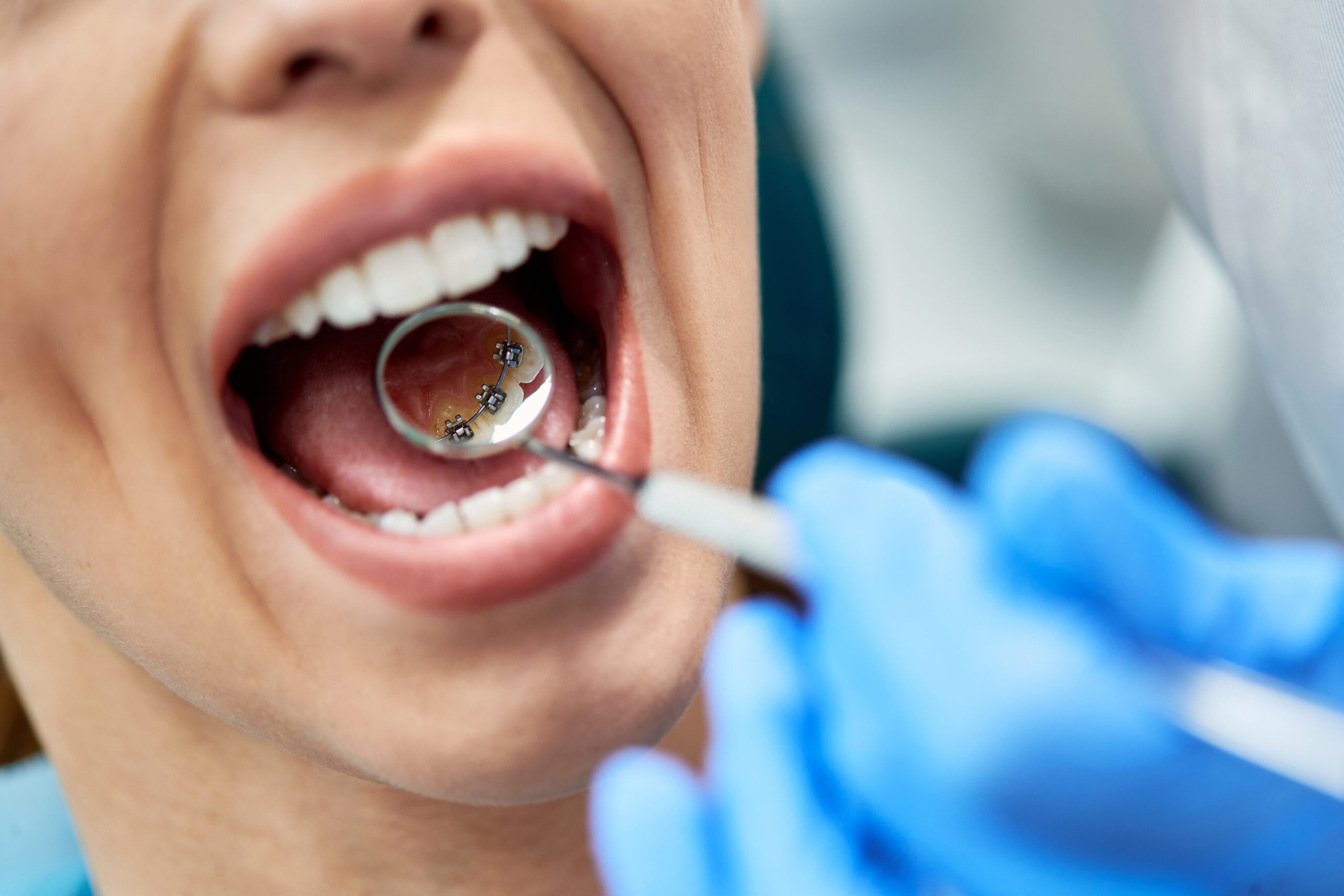Some Known Details About Legacy Orthodontics
Some Known Details About Legacy Orthodontics
Blog Article
Legacy Orthodontics for Beginners
Table of ContentsGetting My Legacy Orthodontics To WorkNot known Details About Legacy Orthodontics How Legacy Orthodontics can Save You Time, Stress, and Money.Examine This Report about Legacy OrthodonticsThe Of Legacy Orthodontics
In addition, we use adjustable treatment timetables, adaptable payment alternatives and an enjoyable, enjoyable experience.An orthodontist is a dentist educated to detect, prevent, and deal with teeth and jaw abnormalities. Orthodontists work with people of all ages, from kids to adults.
Malocclusion, or misaligned teeth, can cause oral issues, consisting of dental caries, periodontal disease, and difficult or unpleasant eating. However not everybody is born with straight teeth. If you have a poor bite or big spaces between your teeth, you may intend to seek advice from a dentist specializing in orthodontic care.
What Does Legacy Orthodontics Mean?
( Picture Credit Report: DigitalVision/Getty Images) Orthodontists utilize taken care of and detachable oral devices, like braces, retainers, and bands, to change the placement of teeth in your mouth. Orthodontic therapy is for dental abnormalities, consisting of: Uneven teethBite troubles, like an overbite or an underbiteCrowded teeth or teeth that are as well much apartJaw misalignmentThe goal of orthodontic treatment is to enhance your bite.
A healthy and balanced bite ensures you can consume, chew, and talk correctly. While you may think about orthodontists as primarily for children or teenagers who need braces, they can deal with oral problems at any age. Orthodontists participate in college, oral college, and orthodontic college. After graduation, they spend 2 or 3 years in an orthodontic residency program.
, yet not all dentists are orthodontists. They focus on two locations: How to properly and safely move teeth Just how to properly direct development in the teeth, jaw, and faceOnce an orthodontist has completed training, they have the alternative to end up being board licensed.
Excitement About Legacy Orthodontics
Misalignment, or malocclusion, is the most common factor people see an orthodontist. It is hereditary and is the outcome of size differences in between the top and reduced jaw or in between the jaw and teeth. Malocclusion results in tooth overcrowding, an askew jaw, or irregular bite patterns. Malocclusion is typically treated with: Your orthodontist attaches metal, ceramic, or plastic square bonds to your teeth.
If you have only minor malocclusion, you may have the ability to utilize clear braces, called aligners, rather of typical braces (https://www.callupcontact.com/b/businessprofile/Legacy_Orthodontics/9435468). Some people require a headwear to aid move teeth right into line with pressure from outside the mouth. After dental braces or aligners, you'll require to use a retainer. A retainer is a custom-made tool that keeps your teeth in position.
They're frequently made use of on children. They can develop extra space in the mouth without having to pull teeth. If you have a severe underbite or overbite, you might require orthognathic surgical treatment (likewise called orthodontic surgical treatment) get more to lengthen or reduce your jaw. Orthodontists make use of cords, surgical screws, or plates to sustain your jaw bone.
You may need to see an orthodontist if you have: Crowding or not sufficient room for every one of your teethOverbite, when your top teeth come over your bottom teethUnderbite, when your bottom teeth are as well much forwardSpacing or problems with gapsCrossbite, which is when your top teeth fit behind your bottom teeth when your mouth is closedOpen bite or an upright gap in between your front base and upper teethMisplaced midline, when the center of your bottom and top teeth don't align Correcting a dental malocclusion can: Make attacking, chewing, and speaking easierImprove the symmetry of our face and your general appearanceEase discomfort from temporomandibular joint conditionsSeparate your teeth and make them simpler to clean, assisting prevent dental cavity or dental caries It's usually a dental practitioner that initially notices misaligned teeth throughout a regular exam.
The Best Strategy To Use For Legacy Orthodontics

Throughout your first orthodontic consultation, you'll likely have: A dental examPhotos taken of your face and smileDental X-raysPanoramic (360 degree) X-rays of your face and headImpressions to develop molds of your teethThese examinations will help your orthodontist recognize how to wage your treatment. leesburg orthodontist. An orthodontist is a dental practitioner who's had training to treat your teeth and jaw
Orthodontists may do surgery, exams,X-rays,and more to help you achieve an extra comfortable, much healthier smile. An orthodontist is concentrated on your bite, so something like a chipped tooth would certainly be dealt with by a dental practitioner. Orthodontists are dental experts but not all dental experts are orthodontists. Orthodontists are concentrated on your bite, or the means your teeth meshed, and the straightness of your teeth.
Ever wondered how celebs always seem to have perfectly straightened teeth? Orthodontists are oral professionals that concentrate on remedying irregularities in the teeth and jaws.
Legacy Orthodontics - Questions

While dental braces are the most commonly identified orthodontic treatment, orthodontists have a diverse toolkit at their disposal. The certain technique picked depends on the intensity of the instance, the patient's age, and individual preferences. These tried-and-true braces make use of a system of braces bonded to the teeth and connected by cables.
These removable trays are customized to gradually change the teeth's position. In instances of narrow jaws, palatal expanders can be used to develop space for proper tooth alignment.
Report this page